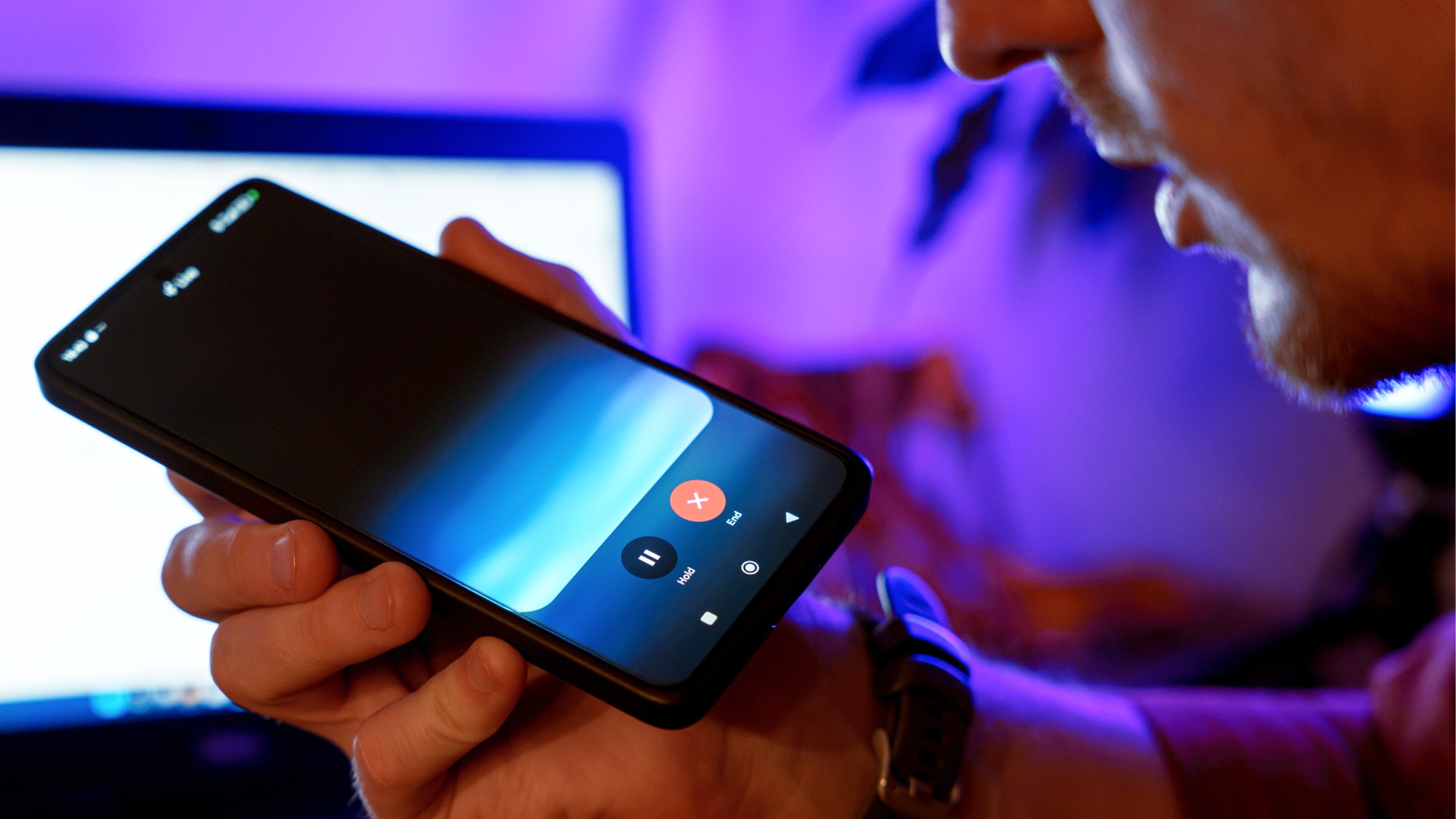iPhone 17 Air vs iPhone 16 Pro: 5 reasons to wait for the new iPhone
Thin and light for the win
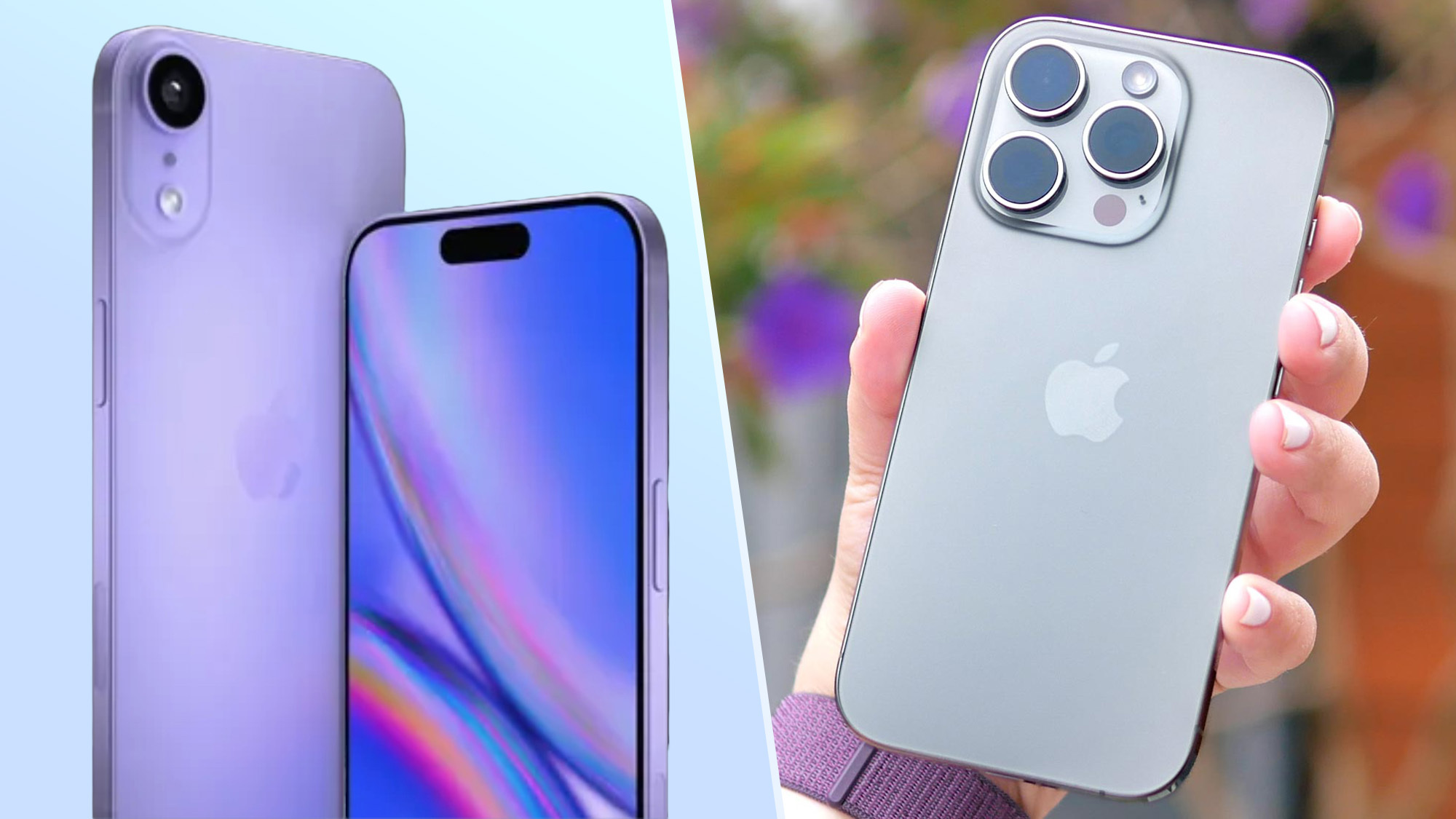
Can you believe we’ve had six generations of iPhone Pros? In addition to that, Apple had many different models in its iPhone lineup, like the Mini and Plus, but the latest addition could be none other than an iPhone 17 Air (aka the iPhone Slim). And considering that we could see it launch in 2025, it might be worth skipping the iPhone 16 Pro in the interim.
Whether it’s to diversify its lineup even more, or perhaps to redefine what a modern phone should look like, there’s no denying that this rumored iPhone 17 Air will have its own set of charming qualities. Needless to say, it’s going to take a lot given how the iPhone 16 Pro got bigger upgrades than its predecessor — like its upgraded telephoto camera, which has the same 5x optical zoom that has been traditionally a Max exclusive.
If you find yourself in a pickle on whether to get the iPhone 16 Pro now, or wait for the iPhone 17 Air, we’ll look at all the leaks and rumors we know about the forthcoming iPhone Air and tell you why it’s worth waiting.
Significantly thinner design
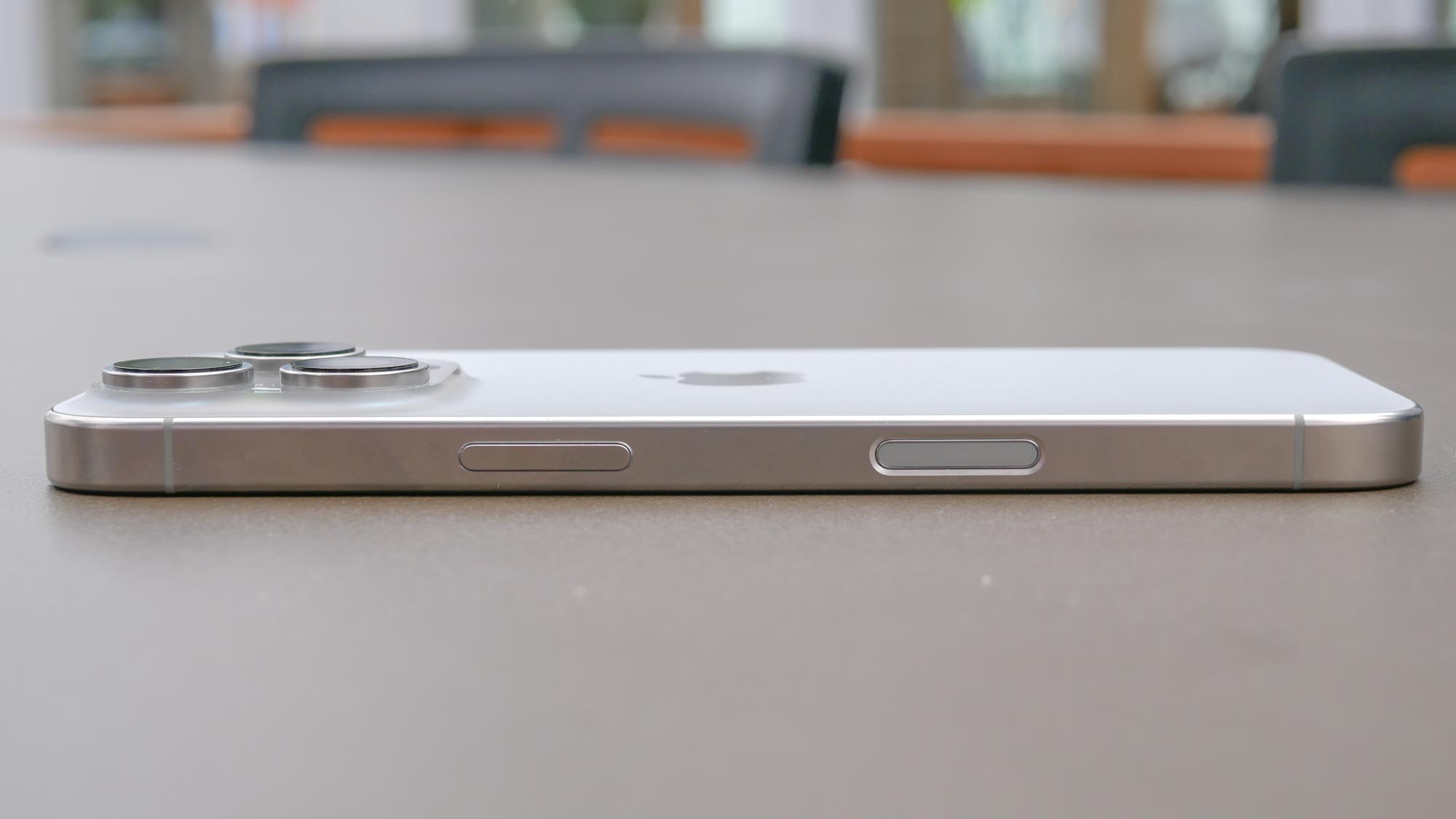
Without a doubt, the iPhone 17 Air’s most distinguishing feature could be the biggest reason why you’d pass up on the iPhone 16 Pro. That’s because it’s reportedly going to be the thinnest iPhone ever created. We’re talking about a chassis with a thinness of 6 mm, versus the iPhone 16 Pro’s 8.25 mm thickness — which would be roughly a 27% decrease in size.
Interestingly enough, the thinnest iPhone to date was the iPhone 6 at 6.9 mm. By going with a thinner body at 6 mm, the iPhone 17 Air would be much sleeker in the pockets, even when it’s fitted in a protective case. It’s hard to wrap our heads around the level of engineering that’s required to design a phone that’s this thin, but it’s the thinness that will undeniably get the most attention for the iPhone 17 Air.
Lighter weight
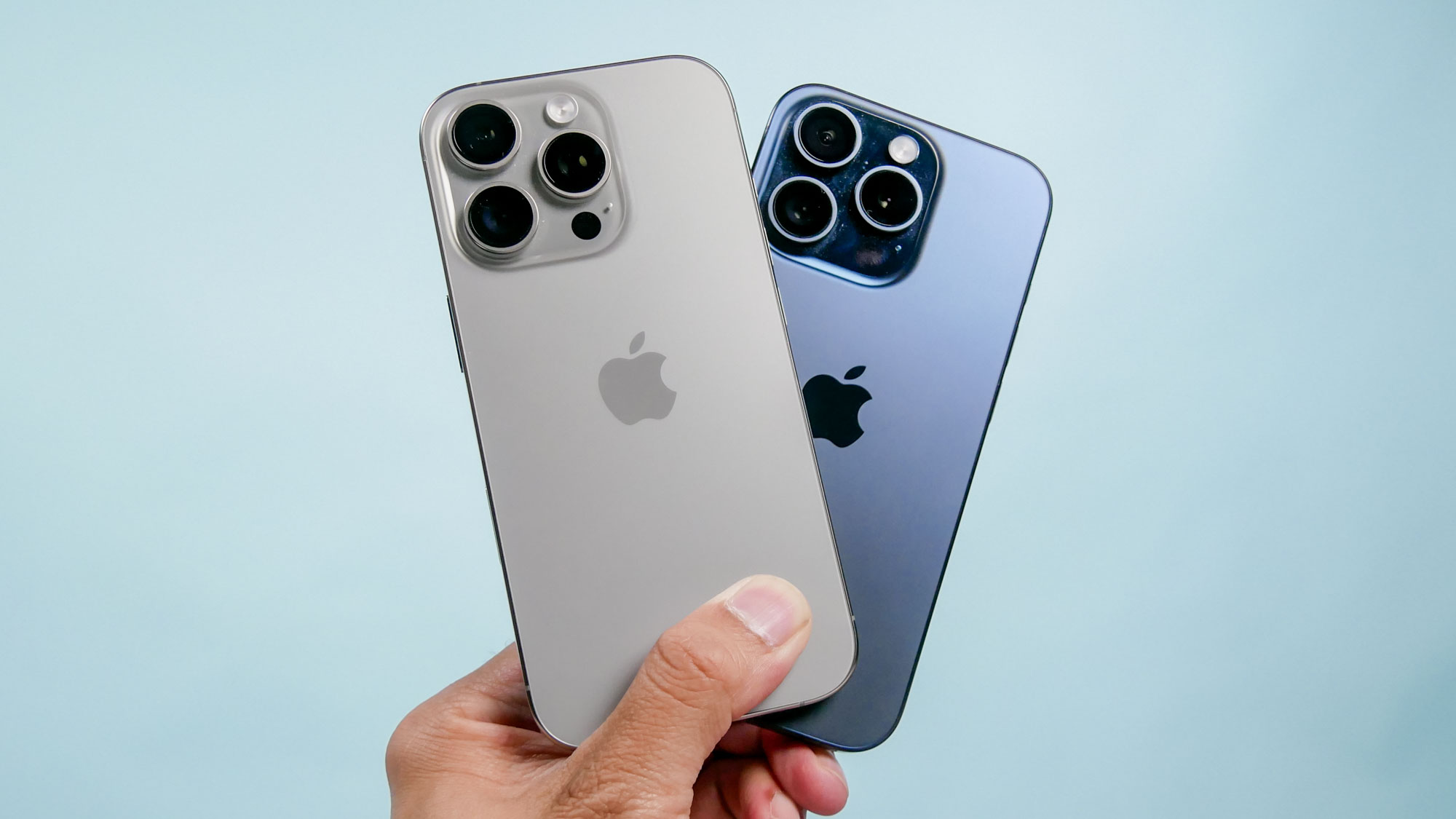
Even though there have been no exact figures yet on its weight, you can surely bet that Apple’s going to want to keep that thin and light theme with the iPhone 17 Air. We’ve seen how Apple has shaved off the weight in its iPad Air series, so we suspect that the same will apply here.
Currently, the iPhone 16 Pro tips the scales at 7.03 ounces, which for a phone of its size still feels a bit dense when you pit it against other comparably sized phones like the 5.89 ounce weight of the Galaxy S24. We expect the iPhone 17 Air to be lighter than the iPhone 16 Pro, so it wouldn’t come as a surprise if it does end up tipping the scales at under 6 ounces. Although, it would need to push past the 3.95 ounce weight of the iPhone 5 to take the crown of being the all-time lightest iPhone.
Sign up to get the BEST of Tom's Guide direct to your inbox.
Get instant access to breaking news, the hottest reviews, great deals and helpful tips.
Larger screen
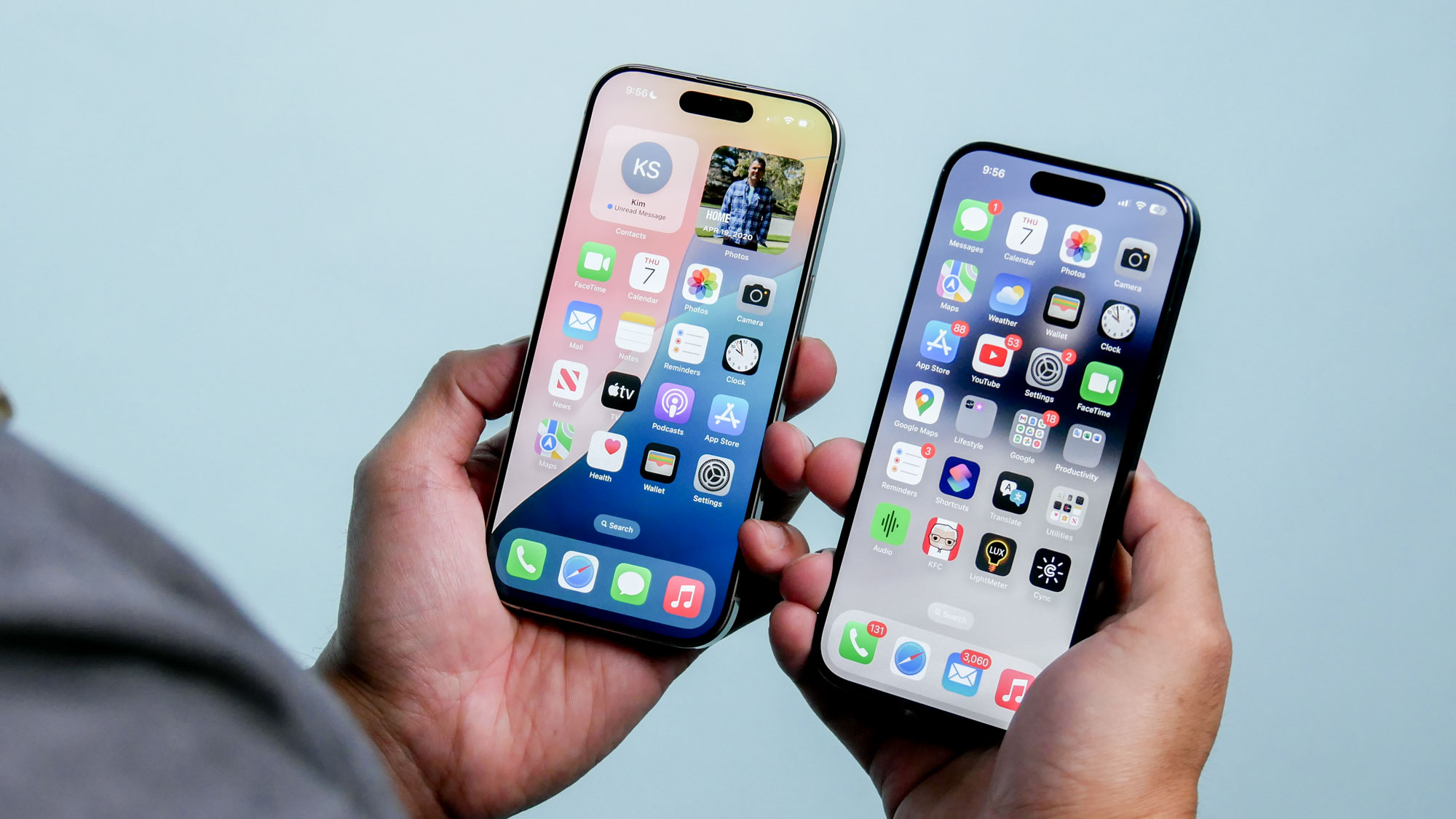
For a phone that’s tipped to be thinner and lighter than the current iPhone 16 Pro, it’s somewhat hard to believe that the iPhone 17 Air will have a larger screen — but that’s exactly what the rumors suggest. Specifically, Apple’s expected to grace this new model with a 6.6-inch OLED display. And just like the iPhone 16 Pro, it’s believed to be a ProMotion display with a 120Hz refresh rate. We’ve also heard reports of this OLED display employing new tech, dubbed “touch and display driver integration,” which would integrate the touch and display layers into one.
Given how the iPhone 16 Pro currently carries a 6.3-inch display, it really makes us wonder more about the dimensions of the iPhone 17 Air. The bezels around the iPhone 16 Pro are already thin to begin with, so either Apple’s going to be making the phone longer or stretching it out slightly to do this.
Smaller cutout for the dynamic island
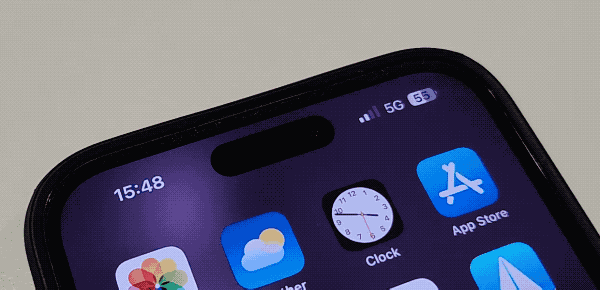
Another small detail that could help the iPhone 17 Air stand out as the worthier option is how it might end up getting a smaller cutout for its Dynamic Island. Apple has shrunken down the size of its Dynamic Island ever since its debut with the iPhone 14 Pro and 14 Pro Max, but the next big change might happen with the iPhone 17 Air — which would be an extra treat.
In its current iteration on the iPhone 16 Pro, the Dynamic Island cutout still occupies a decent amount of space near the top of the display. Perhaps the areas for the selfie camera and pill-shaped cutout could occupy less space with the iPhone 17 Air, resulting in a more seamless looking display when the Dynamic Island isn’t actively running. Either way, it’s expected to be smaller nonetheless.
Newer A19 chip
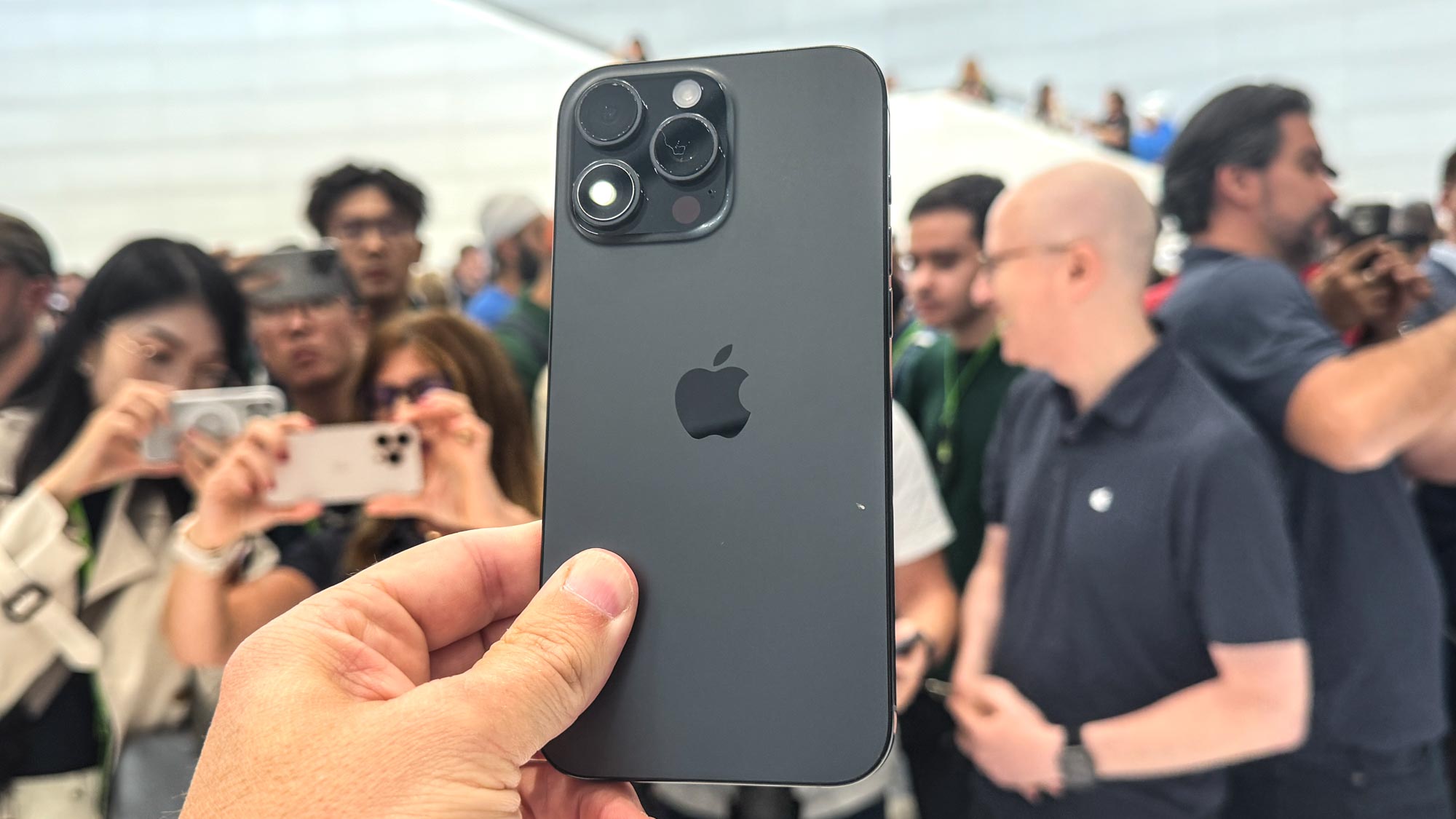
Since it’s expected to arrive alongside the other new iPhones in September 2025, the iPhone 17 Air would greatly benefit from having the newer A19 chip. Despite using the same 3nm manufacturing process as the current A18 Pro in the iPhone 16 Pro, this new A19 that’s bound for the iPhone 17 Air would more than likely still yield significant performance improvements — even if they’re modest.
While benchmark test scores should improve, what will be more interesting for the A19 is how much more power efficient it will be. That’s because we saw the iPhone 16 Pro reach longer battery times than its predecessor. There haven't been a lot of details about the battery in the 17 Air, except for how Apple is looking into a new type of glue to hold the batteries of its phones in place. We think that it’ll have a smaller capacity battery, so it’s going to really come down on the power efficiency of the A19 chip.
More from Tom's Guide

John’s a senior editor covering phones for Tom’s Guide. He’s no stranger in this area having covered mobile phones and gadgets since 2008 when he started his career. On top of his editor duties, he’s a seasoned videographer being in front and behind the camera producing YouTube videos. Previously, he held editor roles with PhoneArena, Android Authority, Digital Trends, and SPY. Outside of tech, he enjoys producing mini documentaries and fun social clips for small businesses, enjoying the beach life at the Jersey Shore, and recently becoming a first time homeowner.
